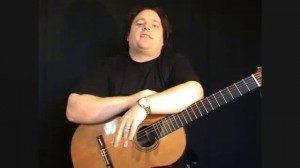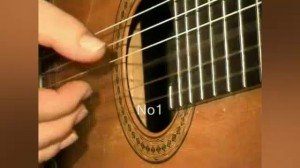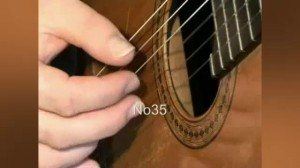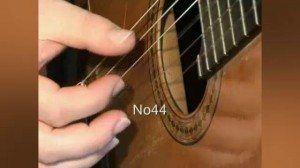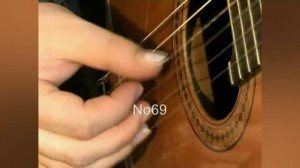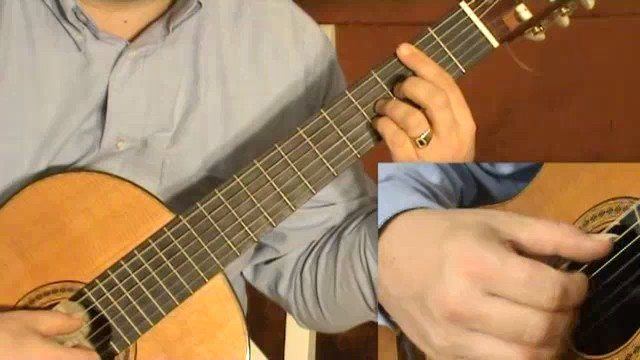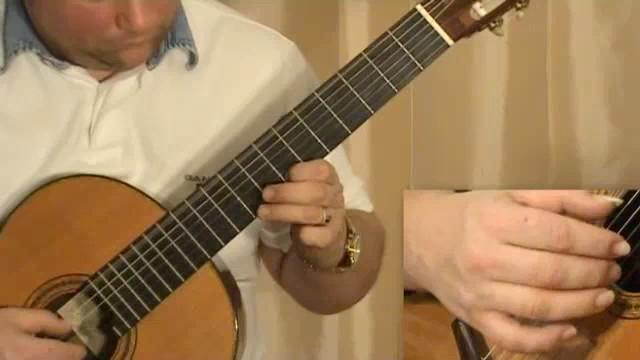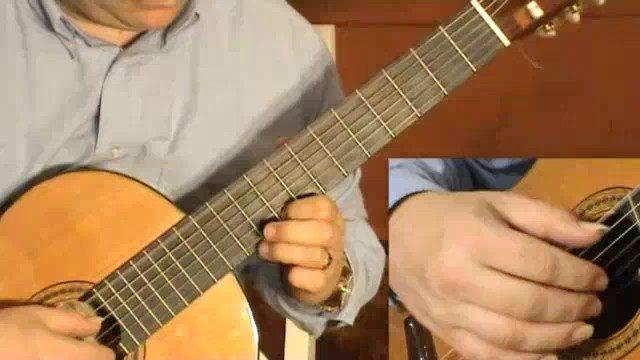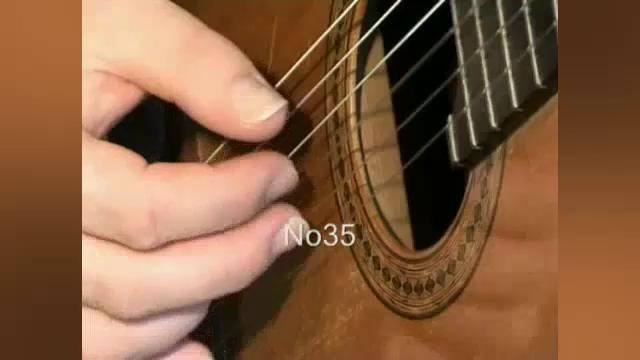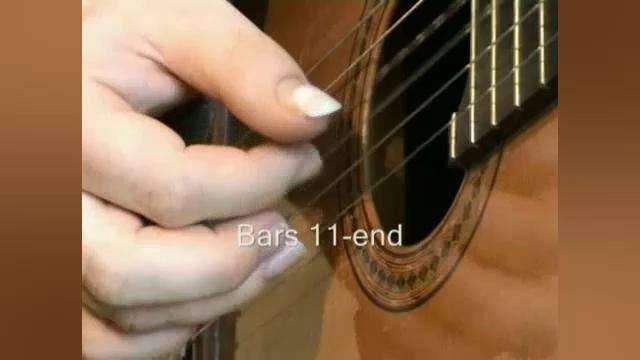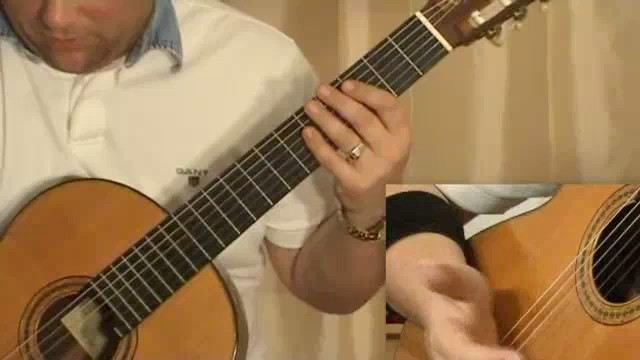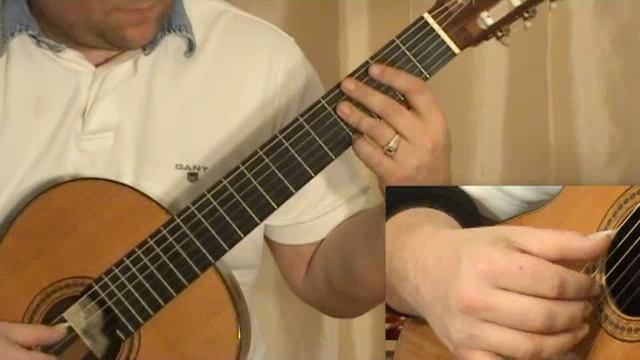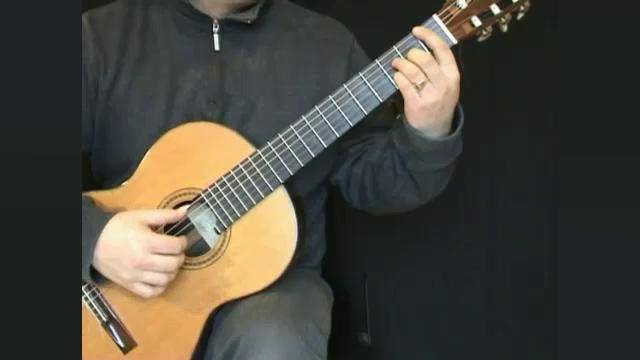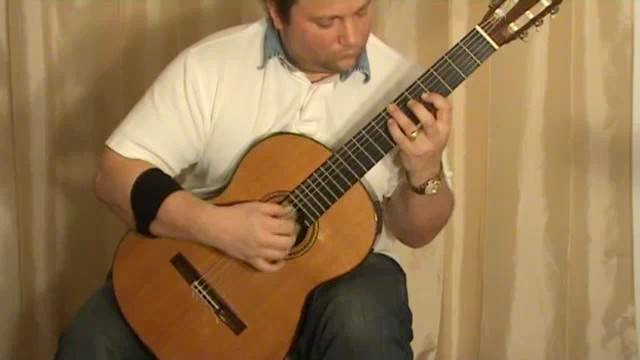Hello and welcome to my new tutorial focusing on the 120 studies for the right hand written by virtuoso guitarist/composer Mauro Giuliani.
Mauro Giuliani was born in the coastal village of Bisceglie in the Puglia region of Italy in 1781. He initally studied the cello but it was very clear from an early age that he excelled as a guitar performer. By the time he reached 25 years of age, Giuliani became somewhat of a musical celebrity and was well known for enchanting audiences with virtuosic displays on his guitar.
Giuliani was a prolific composer and as well as writing challenging solo pieces for guitar, he wrote duos, quintets and concertos.
The 120 daily studies for the right hand Op1 were written and published in April 1812 and have since become the standard exercises used by classical guitar teachers and schools worldwide.
In order to concentrate fully on the development of the right hand, Giuliani chose to use 2 very simple chords for the left hand, in this case Cmajor and G7 (1st inversion). You may find that the sound of these chords becomes somewhat repetitive, especially if you spend a long time practicing the exercises. So, to stop insanity setting in, feel free to vary the chords with the left hand. Just make sure that you stick to the right hand permutations.
As you work your way throught these excellent studies, you will find that some of the right hand permutations will be much more difficult to learn than others. This will depend on where the weaknesses in your technique are. It may be that you are losing tone with your 'a' finger or that you are not able to maintain a steady rhythm on certain exercises.
The following practice method will help you to eradicate those weak areas and to supplant the old technique with a new, more controlled one.
1.PREPERATION
It is essential to incorporate the 'planting' technique with these exercises. Planting is where you prepare your fingers to play by placing them on the corresponding string before you play them.
2.DYNAMIC CONTROL
Vary the volume of the sound that you are producing. This will give your playing a much needed boost in right hand control and will also add a little musicality to the proceedings.
3.TONE CONTROL
By shifting your right hand position you can achieve a contrast in tone. Toward the bridge will give you a thin trebly tone while playing near the neck will give you a warm round tone. Again, this will help you to add musical expression to the exercises.
4.ACCENTING
Use this opportunity to improve control over individual fingers. In the video, you will see that I am accenting the 'i' finger of the right hand. Experiment by using different fingers or a combination of fingers.
I have purposely not included speed as a practice method because it will be a byproduct of the work you do with the above 4 methods. Only increase your speed AFTER you have mastered the other 4 methods. I cannot emphasize enough how important that is.
Good luck and above all, have fun!
 |

